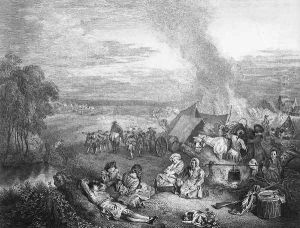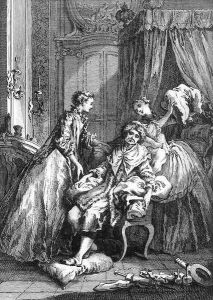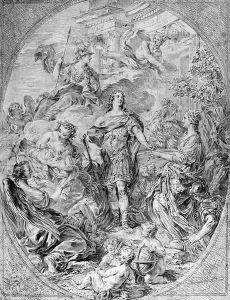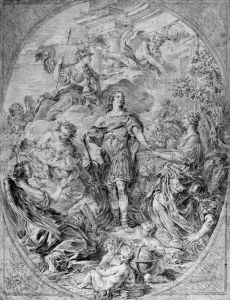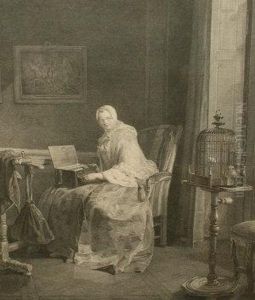Laurent Cars Paintings
Laurent Cars was a distinguished French engraver born on May 28, 1699, in Lyon, France. He is best known for his exquisite engravings, which contributed significantly to the dissemination of the works of leading French painters of his time. Cars developed a distinctive style that combined technical precision with a keen sense of composition and narrative.
Cars began his artistic training under his father, the lesser-known engraver François Cars. Seeking to refine his skills and establish himself in the art world, Laurent moved to Paris, where he studied under the prominent engraver Sébastien Leclerc. His talents were quickly recognized, and by 1733, he received the title of Graveur du Roi (Engraver to the King), a prestigious appointment that reflected his growing reputation.
Throughout his career, Laurent Cars worked on numerous significant projects, including reproductions of paintings by artists such as Antoine Watteau, whose work was particularly well-suited to Cars' delicate and detailed engraving style. One of his most celebrated series of engravings was after the 'Fêtes Vénitiennes' by Watteau. Cars' ability to capture the essence and subtleties of the original paintings made him a sought-after engraver for the reproduction of masterworks.
In addition to his work as an engraver, Cars played an active role in the French art community. He was admitted to the Académie Royale de Peinture et de Sculpture in 1734, where he later served as a professor. His contributions to the Academy and to the arts in general were considerable, and he was instrumental in the training of the next generation of French engravers.
Laurent Cars' influence extended beyond his own lifetime. His engravings helped to circulate the French Rococo style throughout Europe, and his works were collected not only in France but also internationally. Cars passed away on April 14, 1771, in Paris, but his legacy continued through his students and through the lasting impression his engravings made on the art of printmaking.
